Ohio Farm Bureau introduces Energy and Utility Issues Resource Guide
Ohio Farm Bureau’s newest resource for members seeks to help farmland owners navigate the many questions surrounding energy development.
Read MoreOne of the components of recently approved Senate Bill 2, signed into law by Gov. John Kasich in July, helps streamline work being done to help protect the water quality of Lake Erie by giving more oversight to the Lake Erie Commission.
“It will give the commission more authority to coordinate some state programs to make sure agencies aren’t duplicating efforts,” said Tony Seegers, OFBF director of state policy. “The commission will have the ability to be a clearinghouse of information and data. It will be helpful to have a lead agency coordinate efforts.”
Helping in the effort to improve the water quality of Lake Erie is a priority issue for Ohio Farm Bureau. Seegers noted Farm Bureau’s involvement in both Senate Bill 1, which prohibits nutrient applications on frozen, snow-covered and saturated fields in the Western Lake Erie Basin, and Senate Bill 150, the state’s fertilizer applicator certification program in efforts to reduce phosphorus in Lake Erie’s western basin 40 percent by 2025. The work being done on edge-of-field research through the Blanchard River Demonstration Farms Network in the Western Lake Erie Basin is another example, he said.
“Farm Bureau and the ag community have been at the forefront of reducing nutrient runoff,” he said. “We have a part to play in this issue. Everyone wants clean water.”
National Oceanic and Atmospheric Administration and its research partners predicted western Lake Erie would experience a significant harmful algal bloom this summer, though not as large as the record bloom in 2015.
Heavy downpours this spring and summer have made preventing nutrient runoff even more challenging; however, Ohio’s farm community continues to take aggressive action to protect Lake Erie and all of Ohio’s waterways from nutrient runoff that contributes to harmful algal blooms. The agricultural community has made great progress since the Lake Erie crisis in 2014.
A recent study found agricultural soil phosphorus levels held steady or trended downward in at least 80 percent of Ohio counties from 1993 through 2015. The study by Ohio State University researchers looked at more than 2 million phosphorus soil tests. In 2015 the median soil phosphorus level was within the appropriate agronomic range in 87 of 88 Ohio counties.
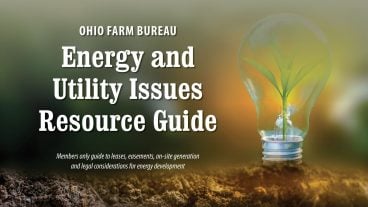

Ohio Farm Bureau’s newest resource for members seeks to help farmland owners navigate the many questions surrounding energy development.
Read More

Through a grassroots process, county leaders identified 106 seats where a Friend of Agriculture could be named, with 104 of those seats ultimately being won by a Friend of Agriculture candidate.
Read More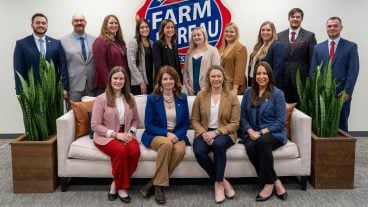
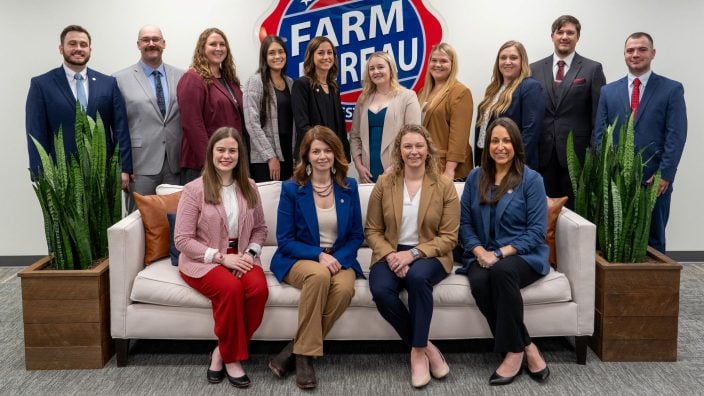
Ohio Farm Bureau’s 2024-2025 AgriPOWER Institute kicked off in October with 14 farmers and agribusiness professionals participating in Class XV.
Read More
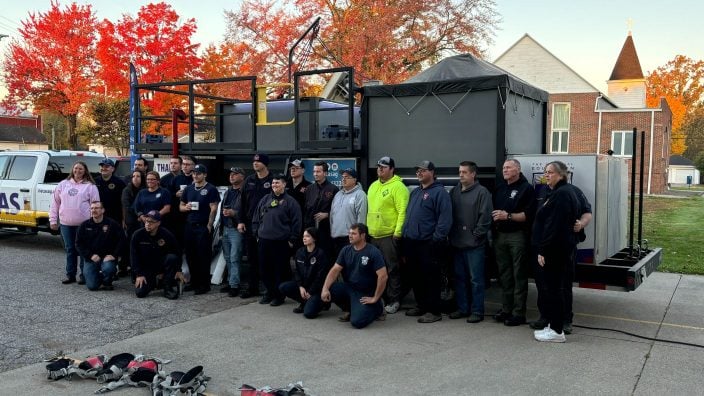
Nationwide’s Grain Bin Safety campaign has awarded grain rescue tubes and training to 390 fire departments across 32 states since 2014.
Read More

The event takes place Feb. 7-8, 2025 at Kalahari in Sandusky, Ohio and is open to members of all ages. Registration closes Jan. 21.
Read More

Receive free conference registration and complimentary transportation to and from the conference March 7-10, 2025 in Denver.
Read More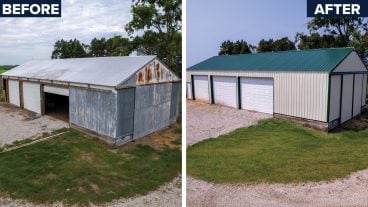
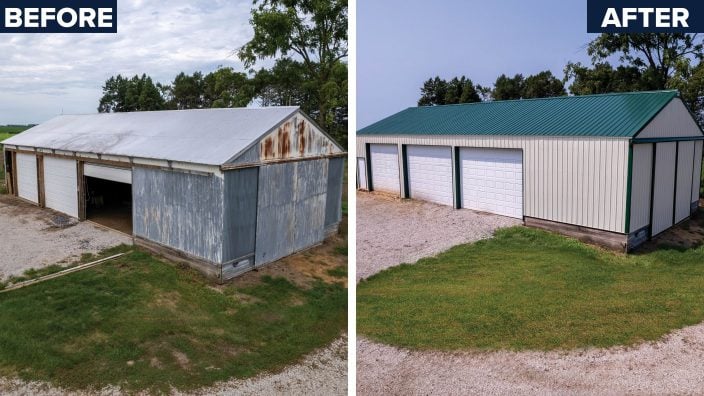
From minor fixes to complete overhauls, this limited time offer is your chance to save on necessary updates and give your post-frame building the attention it deserves.
Read More
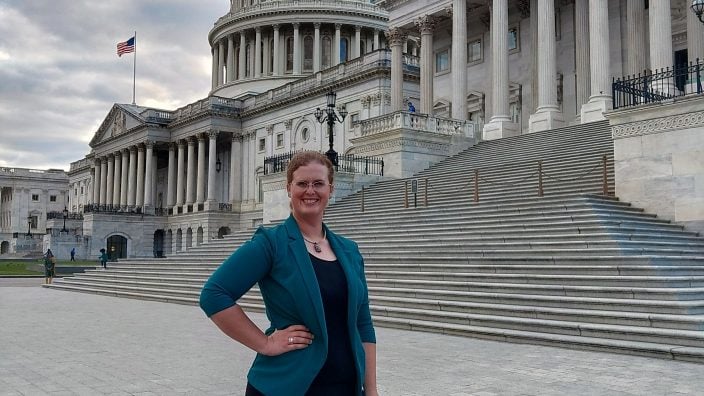
Sharing our story is how we connect with others, especially those not involved in the day-to-day operations of agriculture.
Read More

Bethany Schappacher, a Clinton County Farm Bureau member, and her family own Schappacher Farms, a 50-acre pumpkin farm featuring a corn maze, hayrides, fall treats and other family activities.
Read More
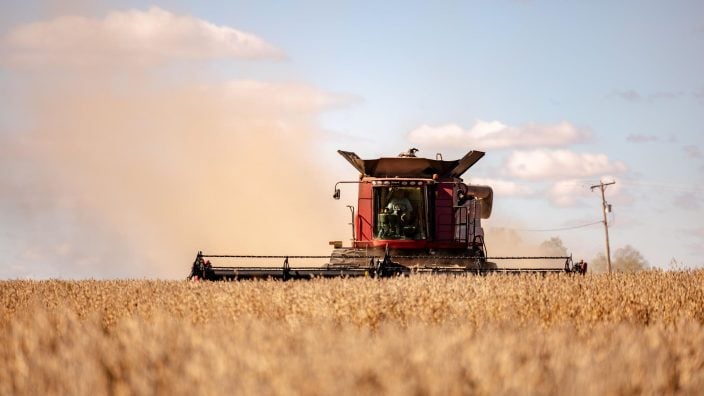
Time is running out for thousands of farmers who may face steep fines and possible jail time for failing to…
Read More